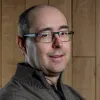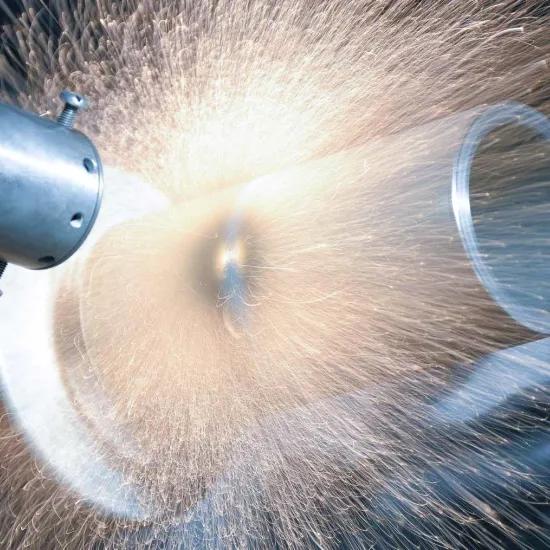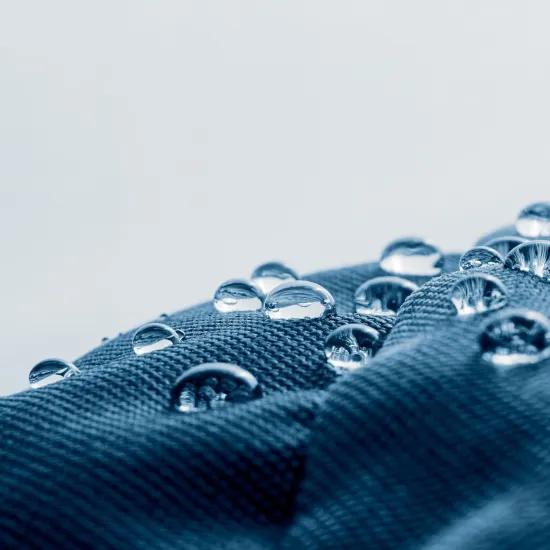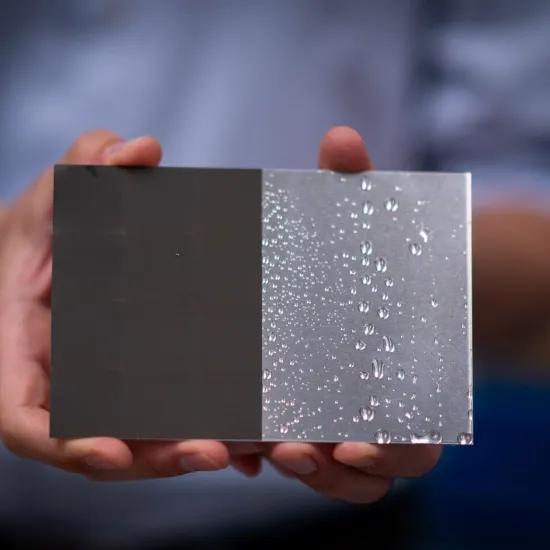An innovative technology such as ultrashort pulsed lasers (USL) can change the properties of a surface by applying a texture. In the case of friction, these modifications can influence the frictional forces - increasing, decreasing or controlling them - so that better performance is achieved.
Surfaces that move across each other experience a frictional force. Controlling this frictional force is important for the proper functioning of various devices or applications. Think, for example, of car brakes, or conveyor belts, bearings, anti-slip or safety clutches, etc. Too much friction can cause wear or unnecessary energy loss. A shortage gives rise to longer braking times or unexpected situations.
Sirris is conducting research into friction within the context of the Surfacescript COOCK project. Using advanced laser technology (ultrashort pulsed lasers - USL - or femtosecond lasers), structures can be formed in surfaces with dimensions in the micrometre and nanometre range. These textures influence the frictional behaviour of these surfaces. This laser technology is new and can texture surfaces with longer pulsed lasers, without creating raised edges. This is particularly interesting for surfaces that slide over each other.
From left to right: structures, pits in the rubber and a diagram of the friction.
Friction phenomenon investigated
The phenomenon of friction has long been known and is an empirical story of trial and error. This means that it is easier to measure than predict. After all, various factors come into play in each situation: what are the materials, what is their roughness and shape, is there a lubricant, what are the forces, should friction be reduced or increased, what is the run-in behaviour and wear, etc.? Within the friction research area, there is no unique texture as a solution to all problems
Nevertheless, Sirris has already achieved success in reducing the friction of a sliding bearing (shaft) in a canister of oil by applying surface structures to the shaft (https://www.sirris.be/reduced-friction-thanks-femtosecond-surface-techn…). In a feasibility study requested by the industry, it was also recently shown that the friction between a textured rubber (soft material) and a painted metal can be reduced. Experiments showed that the friction between a textured rubber and a non-textured rubber reduces the friction by a factor of 10. However, it was observed that the wear resistance of the rubber deteriorated. In the trade-off between reduced friction or increased wear resistance, one can then aim for the most desirable ratio. Nevertheless, despite the intrinsic empirical difficulty of the problem, a solution could be found for reducing or increasing the friction forces between two surfaces.
Do you have any questions about this matter or would you like to create a test sample yourself? Then please contact us! On our femtosecond laser setup, we can texture 2D and cylindrical surfaces. Depending on the friction conditions in your application, we can draw up a proposal.
This blog post was published in the context of the SURFACESCRIPT COOCK project.








